Homily of Archbishop Eamon Martin at Mass in memory of the Disappeared for Palm Sunday 2021
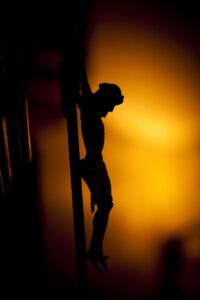 Standing through the solemn reading of the Lord’s passion, from the Gospel of Mark, acts like a great overture to Holy Week. As if in a great symphony, its themes will keep returning in the prayers and readings of the coming days. And then on Good Friday next, at three o’clock, we will stand again – as if in a great recapitulation – to listen to Saint John’s account of the Passion at the dry hour when Jesus gave his life on the cross for our salvation.
Standing through the solemn reading of the Lord’s passion, from the Gospel of Mark, acts like a great overture to Holy Week. As if in a great symphony, its themes will keep returning in the prayers and readings of the coming days. And then on Good Friday next, at three o’clock, we will stand again – as if in a great recapitulation – to listen to Saint John’s account of the Passion at the dry hour when Jesus gave his life on the cross for our salvation.
The word “Passion” denotes suffering. Each of the Gospels graphically presents the cruelty, the inhumanity, the pain and the loneliness of the suffering of Jesus.
The hurtful betrayals;
That treacherous kiss;
The friends could not even stay awake with him one hour and who fled as soon as they came under pressure;
The people who changed their tune from “hosanna” to “Crucify him”.
Even Peter, his stalwart, the one he had nicknamed “Rock”, folded in fear and denied even knowing him.
Jesus had always faced opponents, but now that opposition brimmed over into cruel hostility and murderous intent. He became the victim of jealousy and corrupt power, subject to the violence that begets violence, and unjustly condemned by the flawed testimony of false witnesses cynically rounded up to discredit him.
But Jesus showed amazing courage during his passion. In Gethsemane he found strength to do the will of his Father, despite his fears.
He found resilience to endure horrendous abuse, mockery, scourging and torture.
Still, in the darkness of Golgotha, stripped of his clothes and his dignity, his agony and isolation were heard in that heartfelt cry from the cross: “My God, my God, why have you forsaken me?”. There ends the passion of our Lord Jesus Christ.
The Gospel today brings to mind another word – the word “Com-passion”. Compassion means “to suffer with” another.
We see “compassion” in the gentle loving fidelity of the woman who tenderly anointed Jesus, in Simon who helped carry the cross, and in the witness of those faithful women who didn’t abandon him. When everyone else had gone, they remained to keep vigil. They were there until his burial, and even afterwards – so much so that it was they who first witnessed that the tomb was empty and he had risen.
Passion and Compassion; suffering and “suffering-with”: these joint themes are knitted together in the verses of today’s Gospel. They are the recurring themes of Holy Week.
It is comforting to know that, although there is so much suffering in the world, thankfully there is also no lack of compassion – people who are prepared to “suffer with others”. During the Covid19 pandemic for example: love and care, have been found side by side with the suffering, isolation, and pain that the virus has brought.
And in your story, my dear brothers and sisters, the story of the “Disappeared”, suffering and compassion have met and embraced.
You and your loved ones have known terrible suffering; you have shared in so many ways in the Passion of Jesus.
But your story has also brought out tremendous love and compassion – the way that you have supported each other over the years – in many cases even after your own loved one has been found – that has been a powerful witness to “suffering with others”. There is compassion also in the people who have come forward to the Independent Commission with information to help ease your suffering, and in the painstaking forensic work that so many have done to try to find the bodies of your loved ones.
Sadly there has been little progress over the last year in the search for answers. For some of you, especially those outside of Ireland, the Covid19 restrictions will only have added to your sense of separation and loss. We think of those members of your families who are sick and vulnerable and those who have died – in some cases never having been united with the bodies of their loved ones.
Our annual Mass is a humble expression of our compassion for you. Not to know where your murdered loved one is buried must bring an unbearable burden of suffering – some of you have carried that burden for almost fifty years. Not to be able to grieve properly, to have a Christian burial, to lay flowers on a grave – we cannot imagine your pain. Conscious of this heartache, I appeal once more today, that anyone out there who has even the slightest amount of information, to show compassion and mercy by sharing it with the Independent Commission. It is never too little, or too late, to bring the key that will ease the suffering of others, and help them find peace and consolation. For the love of God, do not remain silent. Have compassion.
Our thoughts and prayers today are especially with the families of Columba McVeigh, Joe Lynskey, Robert Nairac and Lisa Dorian. The recent unsuccessful searches for Columba in Braggan Bog and for Lisa near Ballyhalbert, must have brought you, their families, so much pain. Our hearts go out to you. We encourage you, as Pope Francis has often said, “do not allow yourselves to be robbed of hope”.
We also remember that there are other families who continue to struggle with the disappearance of their loved one, including those who may not have been recognised on the official list of the Disappeared. You too are in our prayers today.
The prayers and readings of Holy Week remind us that where there is suffering, the crucified Christ is present. Many people who suffer find it helpful to unite their pain, their agony and loneliness with the suffering of Jesus for us on the cross. And they feel his presence in their suffering.
Similarly, Christ is present where there is compassion, tenderness, mercy and kindness. And because Christ is Risen, hope cannot die. An ancient hymn for Holy Week promises that, “where charity and love are found, God is there”.
Today’s Gospel and the core message of the Christian faith, continue to remind us that where suffering and compassion are found, God is there – both in the suffering, and in the compassion that goes with it.
Eternal rest…
Amen.
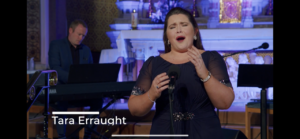

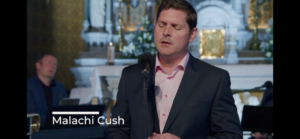
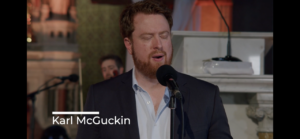

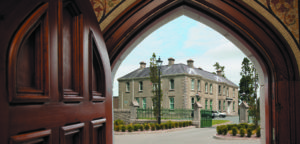
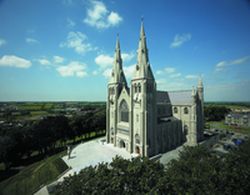
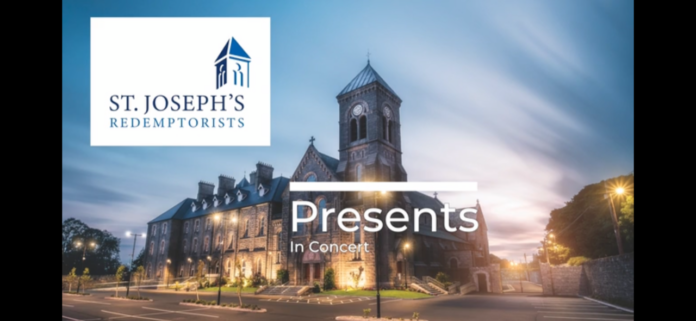
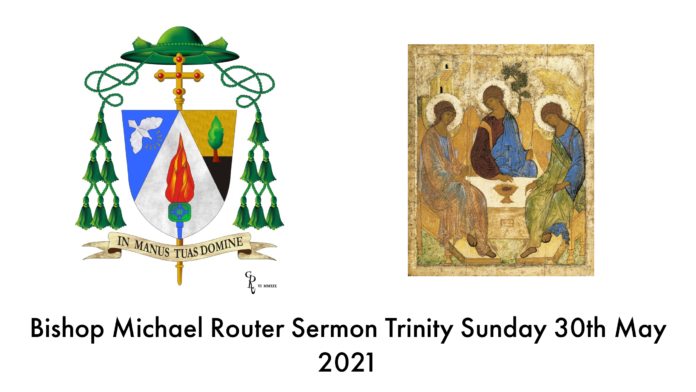
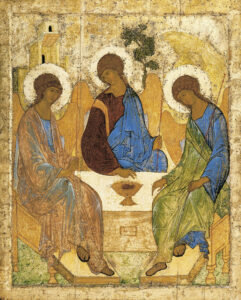
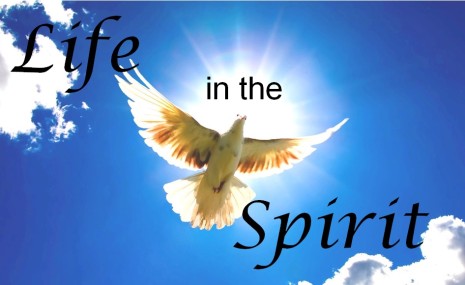
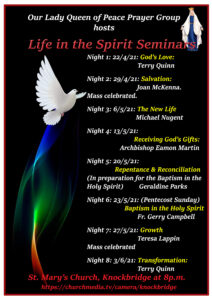
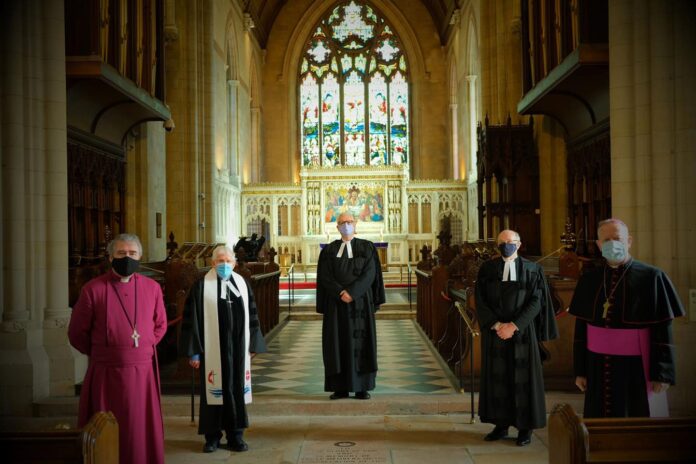
 ‘Blessed are the peacemakers, for they will be called the children of God’
‘Blessed are the peacemakers, for they will be called the children of God’
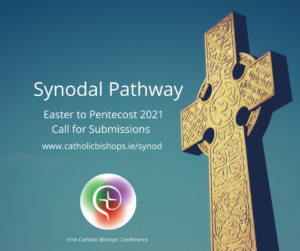
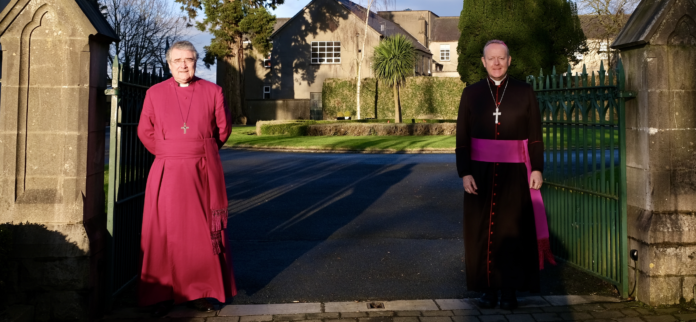
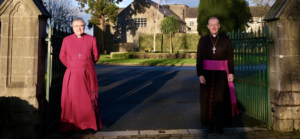
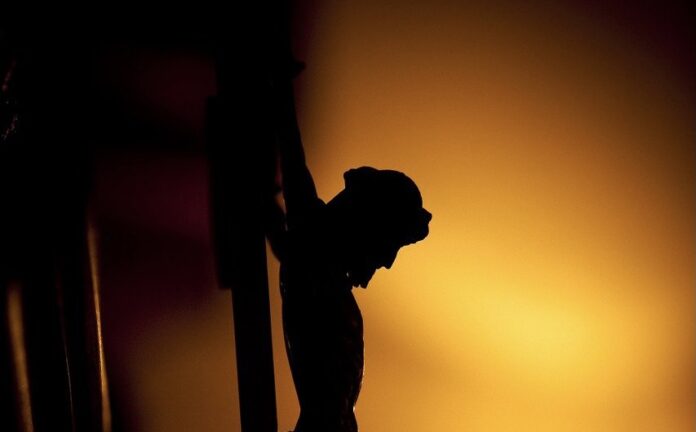
 Standing through the solemn reading of the Lord’s passion, from the Gospel of Mark, acts like a great overture to Holy Week. As if in a great symphony, its themes will keep returning in the prayers and readings of the coming days. And then on Good Friday next, at three o’clock, we will stand again – as if in a great recapitulation – to listen to Saint John’s account of the Passion at the dry hour when Jesus gave his life on the cross for our salvation.
Standing through the solemn reading of the Lord’s passion, from the Gospel of Mark, acts like a great overture to Holy Week. As if in a great symphony, its themes will keep returning in the prayers and readings of the coming days. And then on Good Friday next, at three o’clock, we will stand again – as if in a great recapitulation – to listen to Saint John’s account of the Passion at the dry hour when Jesus gave his life on the cross for our salvation.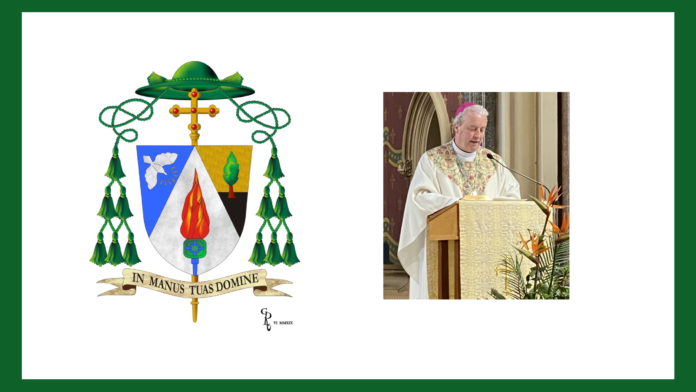
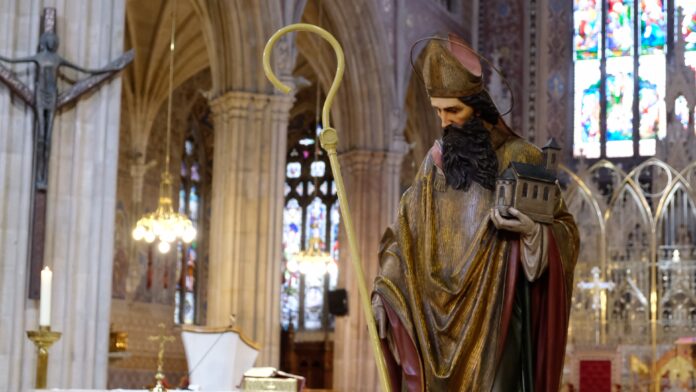
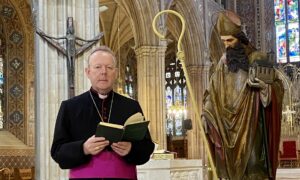
You must be logged in to post a comment.